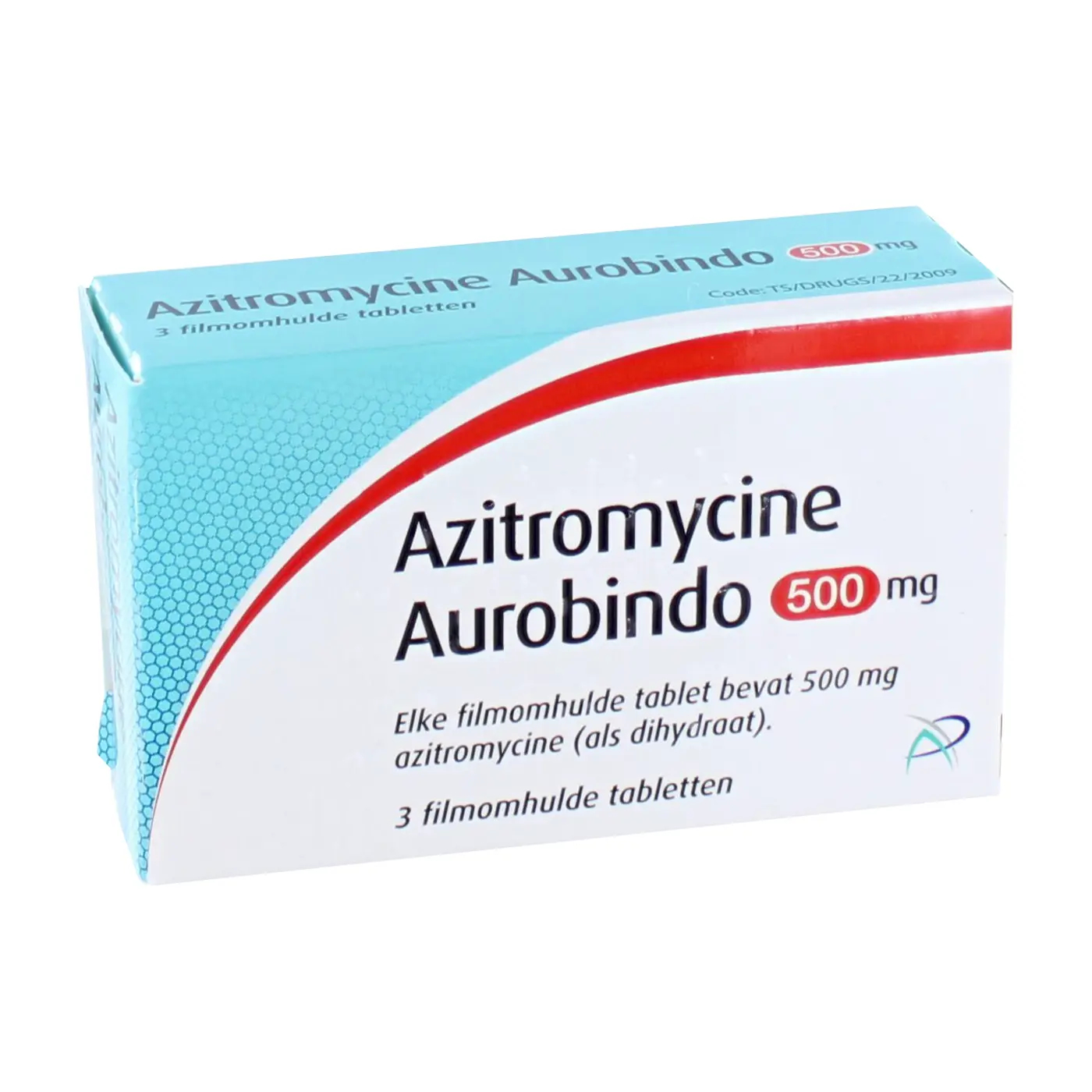Why Choose Azithromycin?
Convenient Dosing: Azithromycin's shorter course of treatment (typically 5-7 days) makes it a more convenient option compared to other antibiotics.
Broad-Spectrum Activity: Azithromycin is effective against a wide range of bacteria, making it suitable for treating various infections.
Improved Tolerability: Compared to some other macrolides, azithromycin is generally well-tolerated with fewer side effects.
Oral Administration: Azithromycin can be easily taken orally, eliminating the need for injections or intravenous administration.
Long Half-Life: Azithromycin's long half-life allows for once-daily dosing, simplifying the treatment regimen.
Always follow your doctor’s instructions for the best results and safety.


